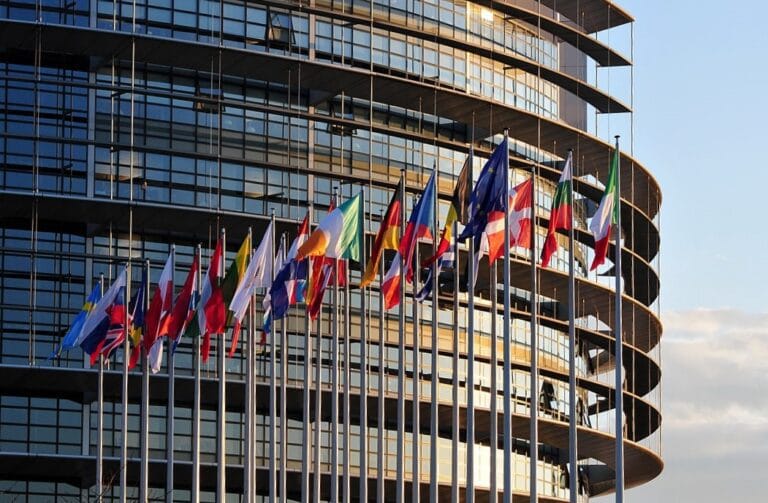Effective January 1, 2025, the European Union (EU) and Pan-Euro-Mediterranean (PEM) countries implement revised rules of origin to mark a significant modernization of trade agreements. These updates aim to simplify trade processes, enhance flexibility, and better align with global supply chain practices. However, transitional arrangements will remain in place, as not all PEM countries will adopt the revised rules immediately. Businesses must understand these changes to maximize trade opportunities and ensure compliance.
What Are the Revised PEM Rules?
The PEM Convention harmonizes the rules of origin for 24 countries, including EU member states, EFTA members, and Mediterranean nations like Morocco, Egypt, and Turkey. The revised rules aim to modernize the framework by:
- Enhancing Flexibility: Businesses can benefit from broader cumulation rules, allowing inputs from multiple countries to retain preferential origin.
- Simplifying Processes: Streamlined origin certification, including revised EUR.1 certificates and invoice declarations, reduces administrative hurdles.
- Promoting Trade Accessibility: Small and medium enterprises (SMEs) will find it easier to comply with updated provisions.
Key Changes for Exporters
Exporters need to adjust to the updated system depending on whether their trade partners adopt the revised rules:
- If exporting goods to a PEM partner country that applies the new rules, EUR.1 certificates must include “REVISED RULES” in Box 7, or an invoice declaration must state the same.
- When exporting to a country still following the 2012 rules, current documentation processes remain applicable.
Implications for Importers
When importing goods under revised PEM rules, import declarations must include:
- The PEM partner country code in the origin data field.
- “REVISED RULES” or “TRANSITIONAL RULES” on supporting documentation like EUR.1 certificates or origin declarations.
The transitional provisions will allow imports based on older rules if the documentation is valid and compliant with 2012 or transitional guidelines.
Industries Affected
The updated rules have significant implications for sectors such as:
- Textiles: More flexibility in origin requirements, benefiting clothing manufacturers.
- Automotive: Simplified cumulation rules enhance supply chain integration.
- Agriculture and Processed Foods: Easier compliance for exporters of wine, olive oil, and processed goods.
What Should Businesses Do?
Businesses are encouraged to prepare for the transition:
- Review Supply Chains: Check whether your suppliers comply with revised or transitional rules.
- Train Teams: Ensure that logistics and customs teams understand updated documentation requirements.
- Consult Resources: Use the EU’s cumulation matrix and guidance tools for clarity on partner country provisions.
Future Outlook
The revised rules are expected to boost trade volumes, promote regional economic integration, and modernize supply chain practices. These changes will enable businesses to better navigate the complexities of international trade while driving economic growth.
You might also want to know about EU Import Control System 2 (ICS2)
For further details, clarification, contributions or any concerns regarding this article, please feel free to reach out to us at editorial@tax.news. We value your feedback and are committed to providing accurate and timely information. Please note that all inquiries will be handled in accordance with our privacy policy



